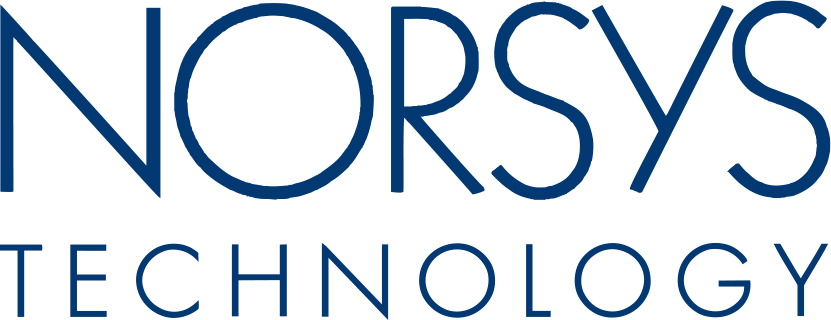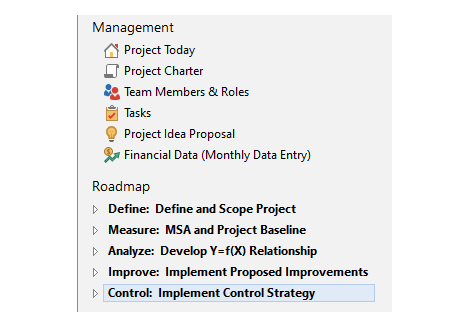
CASE STUDY
Rubber Manufacturer Sets Out to Build Culture of Continuous Improvement and Data-Driven Decision-Making
Organization
HEXPOL Compounding
Product Used
Minitab® Statistical Software
Minitab Engage®
Challenge
Faced with increasing expectations from customers, sustainability recommendations from the United Nations, and overall growth in their business, HEXPOL strives to eliminate waste and improve business performance while also reducing their environmental impact.
How Minitab helped
Project management trainees work through their projects using Companion by Minitab* tools and forms as well as analyses from Minitab Statistical Software. Then they track the progress and performance of all projects in real-time dashboards.
Results
Significant savings after completing 2 waves of training and certifying 30+ Green Belts; more savings forecasted in next 3-5 years
Streamlined and managed numerous projects globally across 17 locations in the United States and Mexico
The experts at HEXPOL Compounding, a world leader in rubber compounding, pride themselves on sharing their market knowledge and innovation to provide customers in several industries – from auto to construction to healthcare to energy, oil and gas – the right solutions for their applications.
The Challenge
Faced with increasing expectations from customers, sustainability recommendations from the United Nations, and overall growth in their business, HEXPOL strives to eliminate wastes and improve the performance of their business. Like many companies today, they aim to transform their culture to continually improve with the aid of data-driven decision-making.
“Our goal is to develop data-oriented leaders who will drive and deliver results throughout our company,” said Ram Sukumar, HEXPOL director of continuous improvement. “The prime objective is to give all the knowledge and skills necessary for our organization to continuously improve and evolve.”
Sukumar and his steering committee are developing the HEXPOL Production System to implement Lean and statistical analysis problem-solving techniques. As part of this, they train prospective Green Belts on project management. Trainees work through a project on planning tools and forms available in Companion by Minitab* (now Minitab Engage®) as well as analyses conducted in Minitab Statistical Software.
Even outside the training program, people can submit their ideas into the project hopper available with the workflow feature in Companion*. Those ideas are then turned into projects based on their Project Prioritization matrix.
How Minitab Helped
Minitab Engage* provides flexible and customizable built-in templates called Roadmaps that organize the tools, forms and analyses into phases following various project management methodologies. With the DMAIC roadmaps that HEXPOL uses, consistent steps for each stage, expected deliverables and integrated analysis results from Minitab Statistical Software are all clearly laid out in one place.
“Trainees have given feedback that Companion* and Minitab Statistical Software are easy to use,” Sukumar said. He added that self-help options like Minitab online support and The Minitab Blog make it easier and more efficient to train as well: “We give them the basic understanding of the waste and then they use these tools. If I don't have much time to explain to them, I point them in the direction so they can utilize that.”
Examples of some of their current projects are listed below in the project repository:
Trainees use various tools in Companion* and Minitab to define the problem, verify their measurement systems, incorporate data analysis and identify root causes, improve the process and finally control and sustain the changes implemented. The templates help Sukumar set expectations for each stage and drive consistency in how results are reported across HEXPOL sites globally. This is helpful not just to reinforce the training, but also in generating straightforward reports and summaries for executive management.
Some of the tools HEXPOL Production System trainees use the most include project charters, SIPOC and process maps as well as:
Fishbone diagrams,
Cause-and-effect (C&E) matrices,
CT Trees (Critical-to-cost or Critical-to-quality),
and Pareto chart worksheets
Results
After completing two waves of training and certifying more than 30 Green Belts, HEXPOL has already saved significant dollars. Sukumar said that as the program picks up steam, they are expected to save even more each year.
Sukumar credits Companion* and Minitab as key elements of their program success, helping him champion process improvement and waste reduction efforts in the rubber manufacturing field. Although many manufacturing operations are no strangers to Lean methods, people tend to be more chemistry-focused than math and data in rubbers.
“Rubber mixing is very straightforward,” he said. “You mix it up. Just like cake mixing, right? That’s what we tell our customers. You put in all the chemicals, get it down, etc. But there's a lot of waste in our process, especially with all this complicated equipment around the plant, and there's a lot of opportunities we can fix by utilizing data and doing projects like this.”
*This case study was created using Companion by Minitab, prior to the 2021 introduction of Minitab Engage.








